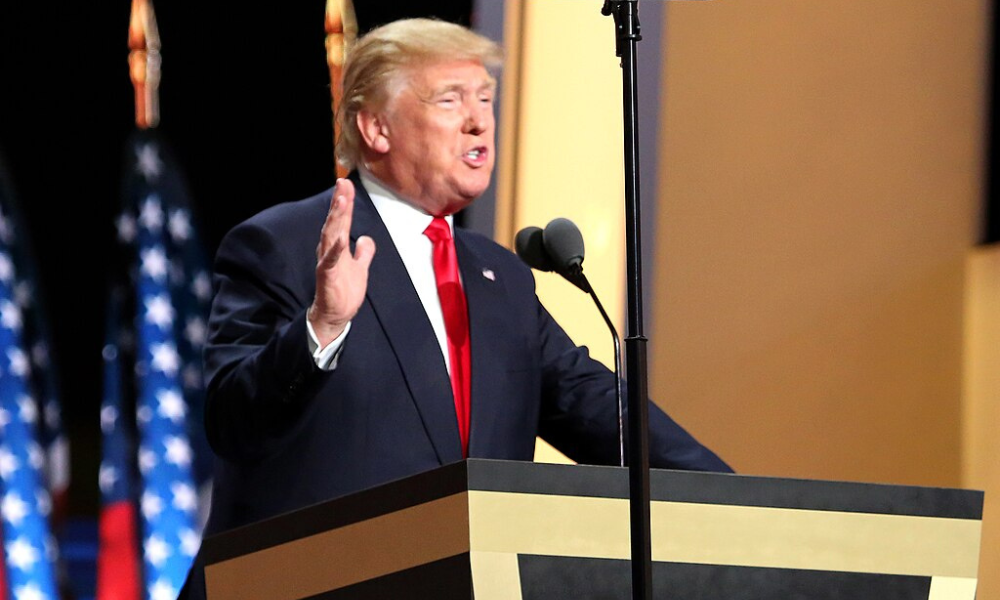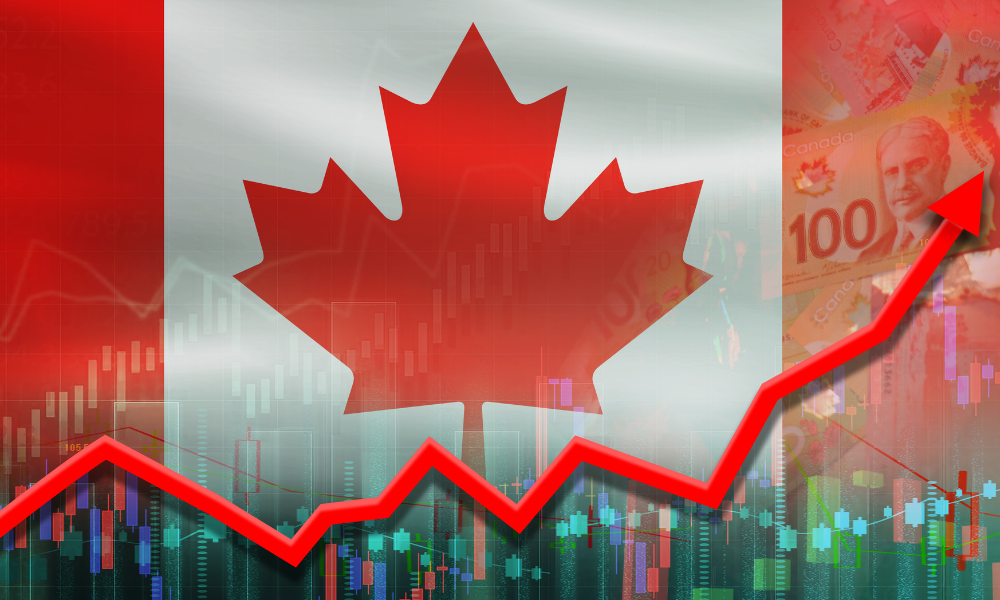'To the extent that the 20th century was about oil, the 21st century is about semi-conductors'

The economy is shifting from a world that for the past 30 years has been uni-polar and the US has been the big dog, according to Kevin Hebner, managing director and global investment strategist at Epoch Investment Partners Inc.
“It has been a US ordered world, which has been nice for its allies because you could ship production abroad and not worry about where it's located because countries don't really matter. Location doesn't matter. Just wherever is cheapest,” he said during TD Global Investment Solutions’ ‘Sharing of Knowledge Learning Series 2023.’
Speaking on ‘Reinventing Globalization Navigating the New Investment Regime,’ he said now “we're moving to what we refer to as a bipolar world recognizing the increased heft of China. We have realized that the complex global value chains that we put in place have become pretty risky and we need to de-risk that,” he said. COVID revealed that risk as “all of a sudden, we couldn't get active pharmaceutical ingredients, personal protection equipment, or semiconductors. The economy was disrupted,” he said.
For example, semiconductors now exceed oil in terms of impact on the economy. “To the extent that the 20th century was about oil, the 21st century is about semiconductors,” said Hebner. However, the semiconductor global value chain is concentrated and vulnerable.
There are three choke points in semiconductors ‒ the design is concentrated in California, the machines that do extreme ultraviolet lithography are also concentrated in one company ‒ ASML based in the Netherlands, and their fabrication is primarily done in Taiwan. “So we've ended up with this industry that is critical to the 21st century and it's incredibly concentrated and vulnerable,” said Hebner.
Issues with China and COVID along with the Russian invasion of Ukraine showed the need to de-risk global value chains. However, Hebner said the looming need to de-risk was first seen about seven years ago with the Donald Trump presidency campaign, Brexit, Chinese policies towards Taiwan, and resentment in developed countries about manufacturing being shuffled offshore. These all pointed to the need for deglobalization.
The initial response to this internally and from clients was hostile. “And then we had COVID. And then we had the Russian invasion of Ukraine. These were wake up calls. Now people are saying, ‘okay, we get it,” he said.
However, they wanted to know what it meant for investors.
Jafer Naqvi, vice-president and director, lead of the institutional asset allocation team at TD Asset Management Inc, speaking at the same event, focused on the concept of correlation. During the ‘Great Moderation’ (the significant decline in macroeconomic volatility that began in the mid-1980s), there were low levels of inflation which provided the negative correlation between stocks and bonds. “Generally speaking, when your stocks go up in price, your bonds go down in price and vice versa. Whereas if you actually look at it historically and expand your lens going out to centuries prior to the Great Moderation, for the most part stocks and bonds actually move up and down in price together. In this world of deglobalization, with higher expectations for inflation and higher expectations for volatility, plan sponsors in periods like 2022 should expect more of stock prices and bond prices moving up and down together,” he said.
For portfolio construction and downside risk mitigation, it means investors should start to bring diversification back into their portfolios. There's been a lot of talk in the market about real assets, private alternatives, and expanding the fixed income toolkit. But equities are in portfolio not only because they are the highest contributor to risk in most portfolios, with equities diversification in areas that “we also think are going to outperform in a deglobalized world. When we look at the equity market, we don't think placing your best bet on that one horse and hoping it wins over the long run will work,” he said.
Equity approaches that have exposure to factor families have outperformed over the last 40 years and “we think they're going to continue to perform and they also actually diversify from each other,” he said.
In fixed income, the main point is, in this world there will be higher inflation volatility and interest rate volatility and a lot more dislocation. “If we think of having a wider global opportunity set, you can get fixed income strategies that, for example, give you access to US government bonds instead of Canadian government bonds. Our economies are very linked together, but you get rewarded a lot more for holding 10 year US Treasuries today versus 10 year Canada bonds,” said Naqvi, as that spread is nearing historic highs. “So as investors if you broaden your aperture beyond just Canada, you can access that dislocation.”
And this deglobalization augurs well for Canada. “One of the benefits we have over the US is we are encouraging immigration with a point based system which is better for bringing in workers with the skills needed,” said Hebner. As a result, “we're going to be replacing cheap, efficient imports with more expensive domestic production. Instead of importing goods from China or wherever, we're probably going to end up importing skilled workers. Given shortages of skilled workers, there is a lot of attention now on the lack of skills. This makes Canada's approach to immigration a big advantage.”
Another advantage is Canada has been “producing stuff” over the last 30 years and knows how to deal with the relevant regulatory issues. Canada knows how to deal with a regulatory framework that is so cognizant of environmental issues. “It can get things done,” he said.
Also in this new environment, there's going to be a need for commodities and different types of materials. This is a Canadian advantage as well.
However, “this only works if it's multilateral and our allies are on board,” said Hebner, and this is going to play out over a long time. “If you're going to build a semiconductor lab, just getting the permits is going to two or three years. Then you need the skilled construction workers and the machines from ASML. It’s going to take five years to actually start producing chips. And it's really going to be 10 years before it starts to move the needle. So this is a long game,” he said.
“We've had 30 years in which we've outsourced everything. Now we're bringing stuff back and it's not going to happen in two or three years.”



